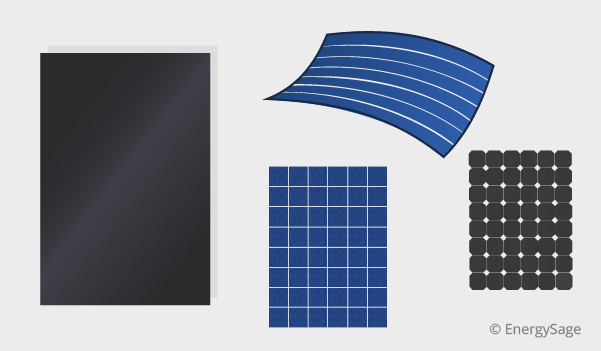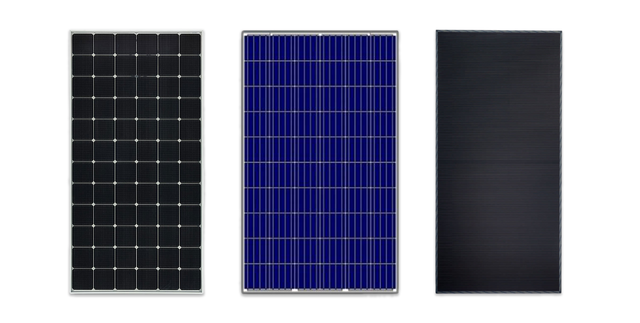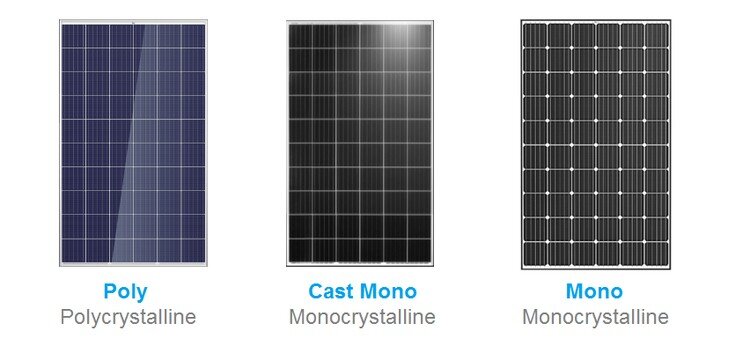The 7-Minute Rule for Solar Systems
Wiki Article
Solar Systems - Truths
Table of ContentsSolar Systems - TruthsSolar Systems Can Be Fun For Anyone6 Simple Techniques For Solar SystemsHow Solar Systems can Save You Time, Stress, and Money.
There are 3 different kinds of solar panels: monocrystalline, polycrystalline, and also slim film. Monocrystalline solar panels are highly effective as well as have a sleek design, but come with a higher rate point than other solar panels. Polycrystalline photovoltaic panels are less expensive than monocrystalline panels, however, they are much less reliable and also aren't as cosmetically pleasing.Nowadays, there are a number of varieties of monocrystalline solar panels on the market to pick from. Passivated Emitter and Back Contact cells, more generally referred to as PERC cells, are becoming an increasingly preferred monocrystalline alternative. PERC cells undergo a various manufacturing as well as setting up procedure that increases the amount of electrical energy the cells can create.
Due to the fact that monocrystalline solar batteries are constructed from a solitary crystal of silicon, electrons are able to quickly move throughout the cell, raising total effectiveness. Not just do monocrystalline panels have the highest possible performance ratings, they commonly also have the greatest power ability scores. Many monocrystalline panels on the marketplace today will certainly have a power output score of at the very least 320 watts, but can go up to around 375 watts or higher!.
Due to the fact that polycrystalline cells consist of numerous silicon cells, the electrons can stagnate as easily and also because of this, reduce the efficiency of the panel. The reduced efficiency of polycrystalline panels likewise means they have a tendency to have a lower power result than monocrystalline panels, normally ranging between 240 watts and also 300 watts.
3 Simple Techniques For Solar Systems
In order to fulfill your energy requires, you would certainly require to mount more thin movie panels over a big area to produce the exact same amount of power as crystalline silicon solar panels. This is why thin film solar panels don't actually make sense for residential setups where room is restricted.The temperature coefficient informs you how much the power output will lower by for every 1 * C over 25 * C the panel obtains. The typical temperature level coefficient for mono as well as polycrystalline panels generally falls someplace in between -0.
As a matter of fact, with some thin you could try these out film panels, it's tough to even see the private cells within the panel. They likewise often tend to have much less electrical wiring and busbars, meaning there's less white area. Since they are so inefficient, you would require to cover your entire roofing in slim movie panels - which might or may not be your design.

Some producers have actually functioned around this with black packaging or forming the cells in a different way, but these aesthetic changes can affect both the rate and performance of the panels. Overall, monocrystalline panels still look streamlined, yet they're a little bit more pronounced than slim movie panels. solar systems. The process in which polycrystalline solar look what i found cells are made triggers the cells to have a blue, marbled appearance.
Facts About Solar Systems Uncovered
If you're on a limited budget, polycrystalline panels could make more sense for you. We do not recommend slim movie photovoltaic panels for property setups - their performance and also sturdiness do not make the affordable worth it, and also it's unlikely you'll have virtually adequate room to mount the number of thin movie panels you would certainly require to cover your family electrical energy use.Since they are made from pure silicon, they can be easily determined by their dark black shade. The use of pure silicon additionally makes monocrystalline panels one of the most space-efficient and also longest-lasting amongst all three photovoltaic panel kinds. This comes at a price a lot of silicon is lost to produce one monocrystalline cell, in some cases getting to over 50%. solar systems.

Amorphous silicon panels (A-Si) acquire their name from their unformed nature. Unlike mono-and polycrystalline solar cells, the silicon is not structured on the molecular degree.
Solar Systems Things To Know Before You Get This
$0. 32-$0. 65 $1 $1. 50 $0. 70 $1 $0. 60 $0. 70 $0. 50 $0. 60 $0. 43 $0. 50 Note that these numbers do not consist of the expense of setup and labor. With labor and also other overhanging aspects, the overall can article source rise to $2. 50 to $3. 50 per watt.
This means that thin-film panels can be a great alternative for hotter settings or areas that experience even more sunlight throughout the year. The upgraded International Building Code of 2012 calls for photovoltaic panels to match the fire score of the roofing system where they are mounted. This is to guarantee that the modules do not increase the spread of fires in the event of a fire.
Report this wiki page